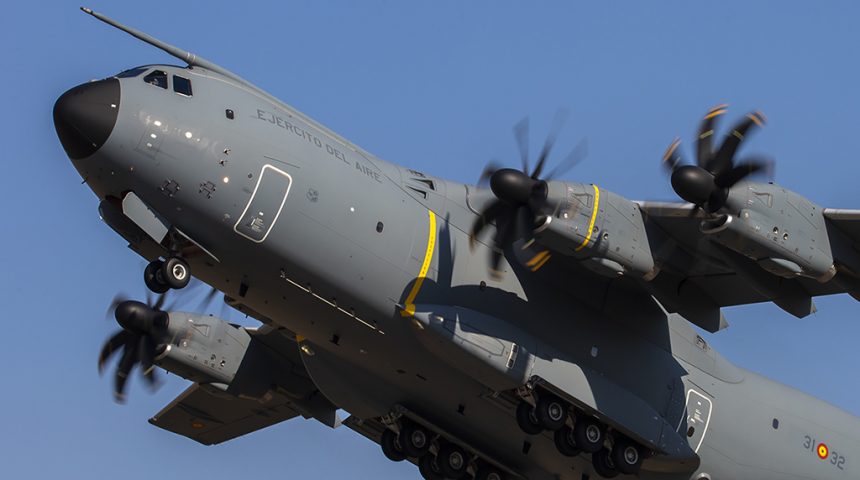Everything you need to know about ETAP-T 2022.
From Jun. 6 to Jun. 17, 2022, the Portuguese Air Force has conducted ETAP-T 2022 multinational exercise, a cargo transport aircraft exercise within the scope of the European Tactical Airlift Centre (ETAC).
The participating forces deployed at Beja Air Base 11, Portugal, with missions planned for the central and southern areas of mainland Portugal, with a concern to reduce their impact on the environment and the population. The European Tactical Airlift Programme (ETAP) was developed with the view of improving the capability of European countries, with the aim of achieving better operational interoperability between nations defending European airspace, the development of tactics, common agreed procedures for better operability and transport operational challenges of modern and combined joint pilot.
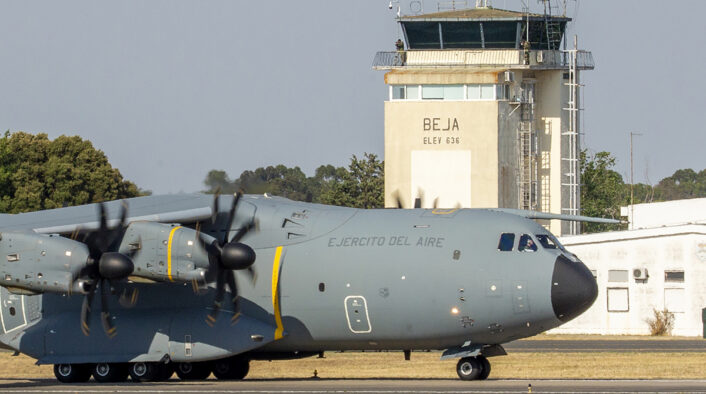
ETAP is divided into three different programs: European Tactical Airlift Programme – Course (ETAP-C); European Tactical Airlift Programme – Instructor Course (ETAP-I); European Tactical Airlift Programme – Training (ETAP-T), and it is based at Zaragoza, Spain.
ETAP-C provides aircrews with a comprehensive course in airlift tactics, ETAP-I provides instructor pilots with greater experience and knowledge about the different types of transport aircraft that exist and ETAP-T is a training exercise to prepare the crews of tactical airlift squadrons to carry out airlift missions.
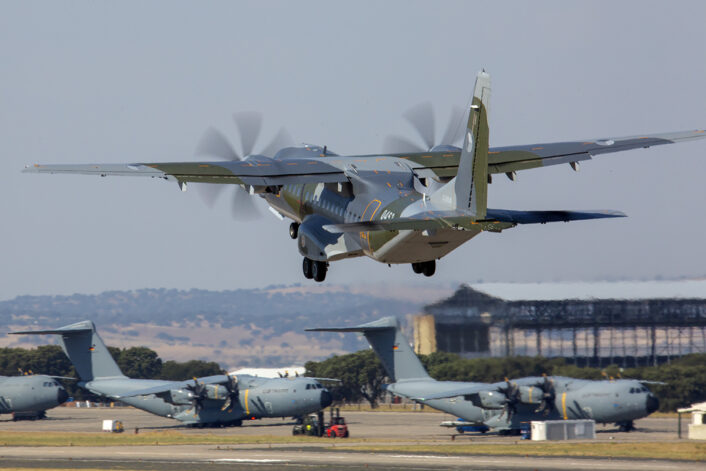
Along with the Portuguese Armed Forces assets (C-130H, C-295M, Navy and Army) ETAP-T saw the involvement of aircraft from the Czech Republic (C-295M), France (KC-130 and A-400M ), Germany (A-400M), Italy (KC-130J), Romania (C-27J), Spain (A-400M) and the UK (C-130J) as well as ETAC and Belgium Intel Officers. Four F-16AM and one P-3C from Portuguese Air Force also took part in the drills.
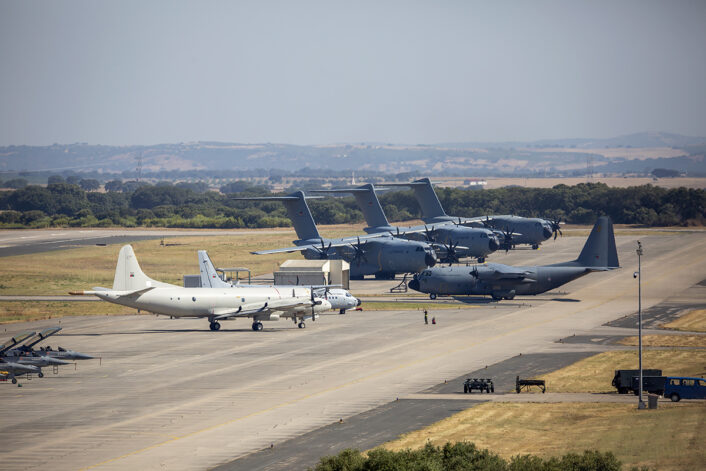

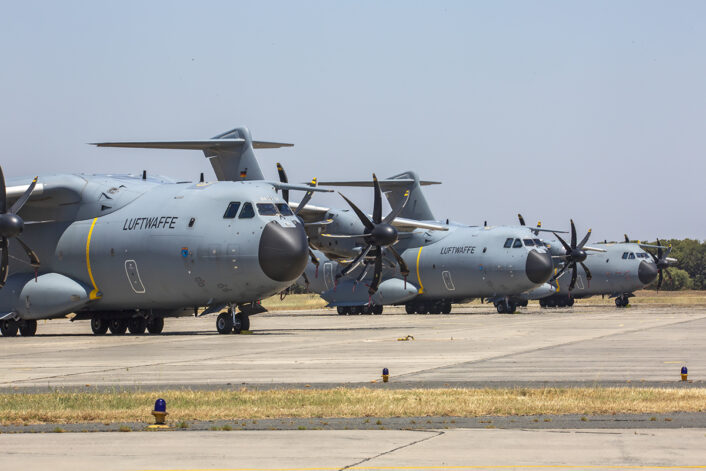
The ETAP-T 22 had also the goal to improve the readiness of the participating forces to accomplish missions assigned to them in any theatre of operations within the European alliance and, obviously, increase interoperability among the various participating forces.
It was also allocated to the Portuguese Air Force responsibility for producing European doctrine for the joint operation of tactical airlift aircraft. The result of this initiative, innovative within the EDA, is preparing a tactical manual which will standardize transport aircraft operating procedures in any operating theatre.
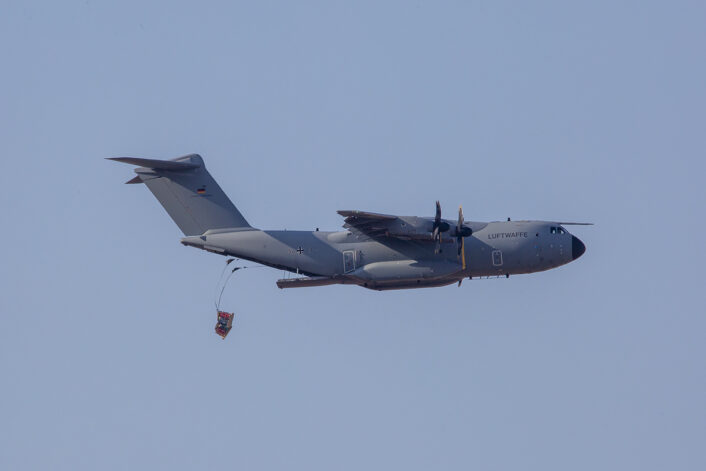
The concept of the exercise is developed to “provide training of a joint and combined and ensure interoperability among the participating forces,” thus enabling exchange of knowledge and experience essential in any operating theatre.
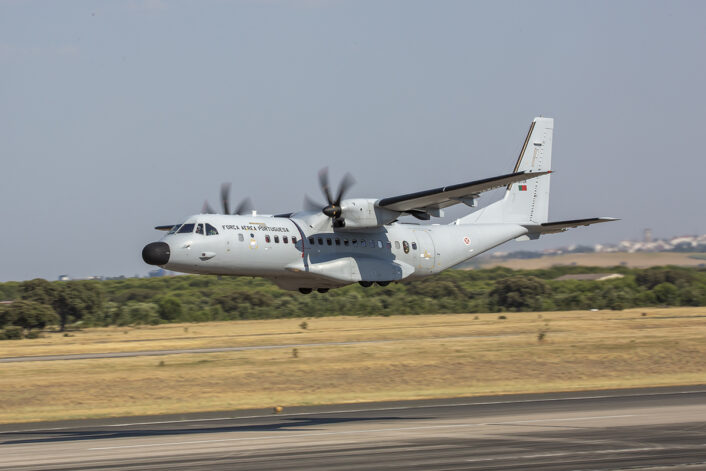
Major Rosa Linda [second name withheld for security reasons] from the Italian Air Force, highlighted the importance of this type of international exercise, saying that “as this type of mission has to be carried out in a place where there is a “clean” mission area, Portugal is one in which it is easier to carry out these missions. In Italy it is difficult to find the places where you can get this kind of mission”. ETAP-T allows different participating countries to adapt the execution of missions to different circumstances they are used to.
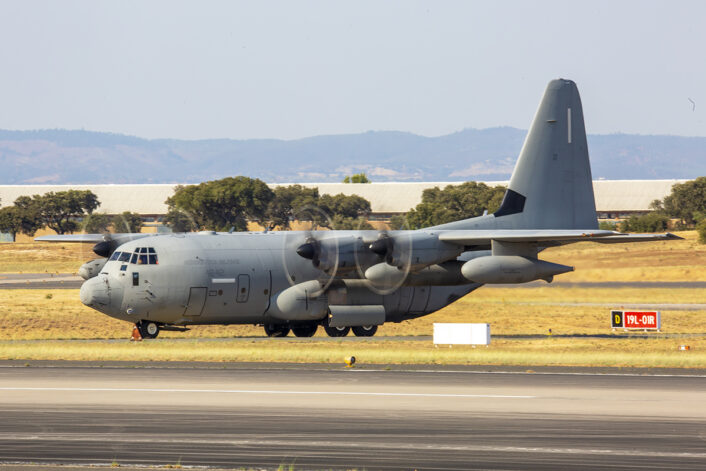
During the exercise various scenarios will be recreated, respecting the objective of the mission to fulfil, as well as the specific features of the tactical airlift and training requirements, such as:
- Air-to-Air Training Missions
- Tactical Air Transport Missions;
- Logistical support to combat units (eg air cargo transport);
- Recognition and security operations.
- Close air support (in urban environments and in emergency situations);
- Cargo and Parachute Drops;
- Extraction of military and non-military elements;
- Medical evacuations (MEDEVAC and CASEVAC);
The creation of conditions to support 750 troops deployed in ETAP-T 2022 requires a long period of preparation and implementation of the vast logistics structure.
In ETAP-T 2022, fulfilling the objective of knowledge sharing and exchange of experiences was introduced in the Spare Parts Maintenance Operations Centre (MOC). In order to “reduce the logistics” and avoid duplication of equipment, Spare Parts translated into a common area equipped with tools and aircraft parts, available to all maintenance of the various participating nations. This proximity, as well as foster the spirit of unity, also allowed standardization of procedures and the exchange of know-how.
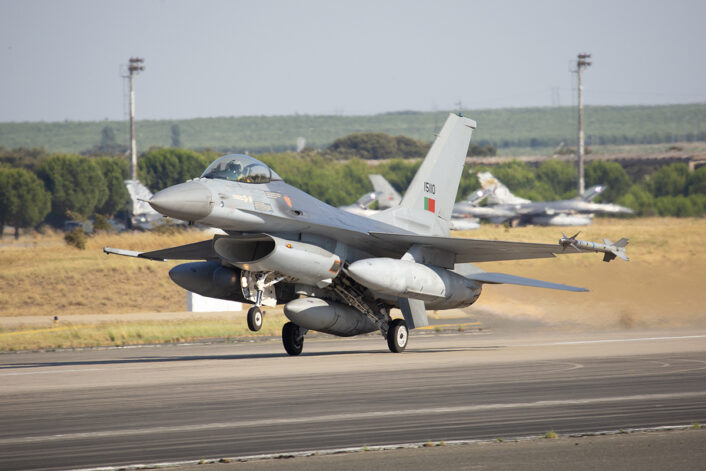
During ETAP- Joint Precision System (JPADS) which is an airdrop system which uses GPS, with steerable parachutes, and an onboard computer to direct cargo to an impact in a fall point designated drop zone, was used. This innovative process thus offers several benefits, including an increase in reception areas and in charge of precision, which benefits the receiver, still allowing the aircraft and their crews to be more protected from possible attacks during the launches.
When the ETAC Commander Col. Juan Gonzalez was questioned why the exercise was being conducted in Beja, he said: “more than the climate, the airspace and the experience, it is the confidence we have in all the units of the Portuguese Air Force and the Portuguese Armed Forces that have demonstrated over the years that they are capable of producing the type of advanced training that the crews of aircraft are most missed in their units”
Internationally, there is the completion of a training plan and training of crews, meeting of air transport regulations deemed appropriate for the proper fulfilment of the mission under the European alliance.
The overall objective is to manage and coordinate the tactical airlift capability of all involved resources as effectively and efficiently as possible. For this, the continuity of this military exercise is leading to fulfil this purpose.
The Author wishes to thank the Public Relations of the Portuguese Air Force for the support provided in the preparation of this article.

